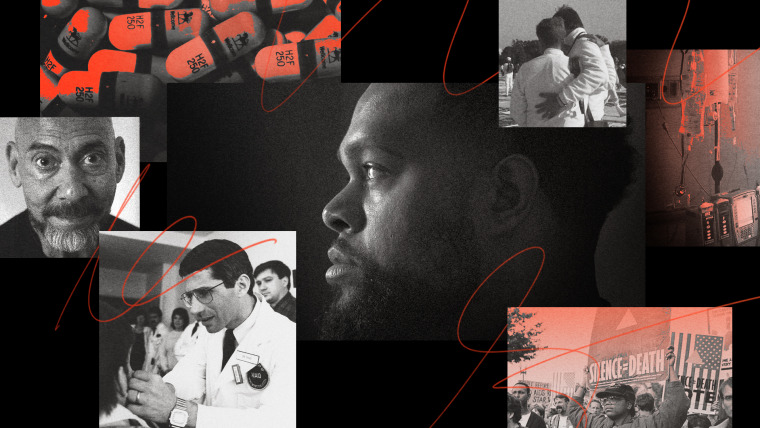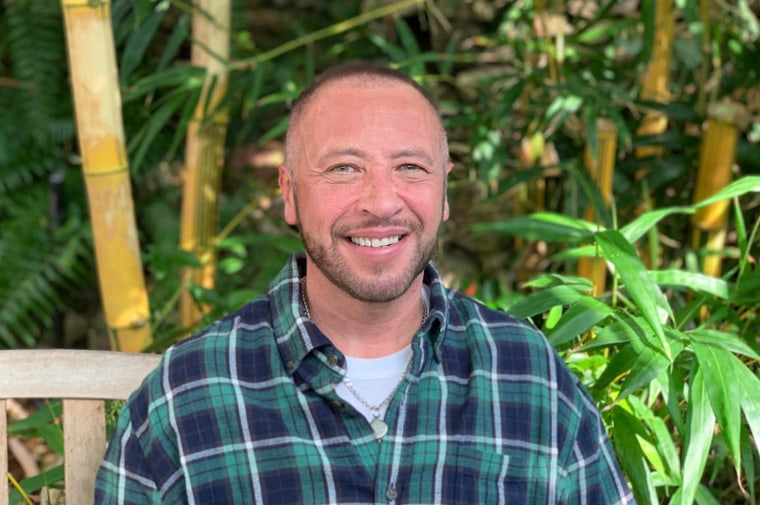Acceptance significantly reduces suicide risk for intersex youths, report finds
LGBTQ youths who are also intersex — an umbrella term that describes those whose reproductive or sexual anatomy does not fit the typical definitions of “male” or “female” — have a higher risk of suicide when compared to LGBTQ youths who are not intersex, according to a new report.
But researchers say there is hope, because the data also show that one thing can help significantly reduce the risk: acceptance.
The Trevor Project, a national youth suicide prevention and crisis intervention group, released the research Friday in a report that explores the mental health and well-being of intersex LGBTQ youths.
It found that the intersex respondents face disproportionately high rates of mental health challenges. For example, 48 percent of LGBTQ intersex youths surveyed as part of the Trevor Project’s 2021 National Survey on LGBTQ Youth Mental Health reported that they seriously considered suicide in the previous 12 months, compared to 41 percent of LGBTQ youths who are not intersex.
Nearly one-fifth (19 percent) of LGBTQ intersex youths reported that they had attempted suicide in the previous 12 months, compared to 14 percent of LGBTQ youths who are not intersex. That rate was even higher for younger LGBTQ intersex youths: Nearly 1 in 4 (24 percent) youths 13 to 17 years old reported having attempted suicide in the previous 12 months, compared to 14 percent of LGBTQ intersex youth ages 18 to 24.
“We already know that the rates of mental health challenges are higher for LGBTQ youth compared to cisgender, straight youth, so when we compare intersex youth to the already high rates among LGBTQ youth, we know that they’re increasingly high,” said Myeshia Price, a senior research scientist at the Trevor Project.
The research found that there are a few risk factors for poor mental health among LGBTQ intersex youths. For example, 18 percent reported having been subjected to conversion therapy, a discredited practice that seeks to change someone’s sexual orientation or gender identity, with 12 percent reporting that the efforts were aimed at changing their gender identities.
LGBTQ intersex youths who said someone had tried to persuade them to change their sexual orientations or gender identities reported more than twice the rate of previous-year suicide attempts (22 percent) compared to intersex youths who did not (9 percent).
The report noted, however, that the recommended “treatment” for intersex people often includes medical procedures and socialization from a young age that could be considered conversion therapy.
“For intersex people, this may happen in such a systemic way, involving every person in the youth’s life, and starting from birth, that intersex youth may not even be aware that it is happening,” the report says. “This may lead intersex youth to under-report their experiences with conversion therapy and other change efforts by adults in their lives.”
In response to activism by intersex people, some doctors have recently started re-evaluating standard medical protocol, which has historically included surgery and hormonal therapy to change intersex youths’ appearances. Robert H. Lurie Children’s Hospital of Chicago, Lurie Children’s Hospital in Boston and New York City Health + Hospitals announced this year that they would stop performing some intersex surgery on children.
Recommended
OUT NEWSDictionary.com anoints allyship word of the year for 2021
OUT NEWSTransgender men describe ‘nightmares’ of being incarcerated in a women’s prison
Price said part of the reason the Trevor Project focused the research on mental health is that intersex youths are often medicalized from birth and that as a result most of the available research focuses on how medical procedures affect them.
“I think it’s important to understand that intersex youth are so much more than their bodies,” Price said. “By understanding them as individuals and as people we believe that this report gives more attention to things that may be more important to them than the sort of medicalized approach to looking at who they are.”
The report found that other risk factors for poor mental health include discrimination, housing instability and food insecurity. More LGBTQ intersex youths reported having experienced discrimination based on their sexual orientation or gender identities (64 percent) in the previous year compared to LGBTQ youth who are not intersex (59 percent). Those who reported having experienced discrimination reported twice the rate of attempting suicide (22 percent) compared to LGBTQ intersex youth who had not experienced it (11 percent).
More LGBTQ intersex youths reported having faced food insecurities in the previous year and/or homelessness, including from being kicked out or having run away, when compared to LGBTQ youths who are not intersex. Those who reported food insecurities and/or homelessness reported nearly three times the rate of previous-year suicide attempts, at 30 percent and 34 percent, respectively, compared to those who did not report food insecurities or facing homelessness, at 12 percent and 10 percent.
The report recommends policies, both in schools and for government-issued identification, that are not built on the sex or gender binary of male and female, because both intersex and many transgender youths do not fit into those categories.
“We talk about gendered bathrooms and locker rooms and the sports-participation binary and documents that only allow for male or female sex or markers, and these are all sort of inherently excluding the reality that intersex people exist in the first place,” Price said. Sports policies that allow anyone to participate, gender-neutral bathrooms and inclusive sex-education curriculums that recognize intersex people signal to youths “that we see you, we know you’re here and we accept you for who you are,” Price said.
Price added that the report offers hope, because it found that acceptance and affirmation significantly reduce the risk of suicide for LGBTQ intersex youths. Those who had at least one parent who was accepting of their sexual orientations or gender identities had 55 percent and 45 percent lower odds, respectively, of having attempted suicide in the previous year. Transgender and nonbinary intersex youths whose pronouns were respected by all of the people they live with had 64 percent lower odds of reporting suicide attempts.
“The best thing that we could do for intersex youth is to be accepting and provide that protective and supportive environment for them,” she said.

